There’s something unforgettable about sitting quietly in St. Paul’s Cathedral as the evening light filters through stained glass, waiting for Evensong to begin.
The choir’s voices rise and fall, filling the vast space with music that’s both soothing and powerful. Attending Evensong at St. Paul’s Cathedral is not only a moving musical experience—it’s completely free for everyone.
I never really thought a traditional church service could feel so calming and memorable.
The music, psalms, and prayers blend together, creating an atmosphere that feels grand and intimate at the same time.
Hearing the choir in such a historic cathedral left me feeling inspired and welcomed, regardless of what I believe.
Sitting among both visitors and locals, I realized Evensong isn’t just for the religious.
It’s a unique slice of London’s culture, inviting anyone to experience its peace and majesty.
If you love music or just want to soak in the architecture and acoustics of St. Paul’s, this is an experience you really shouldn’t skip.
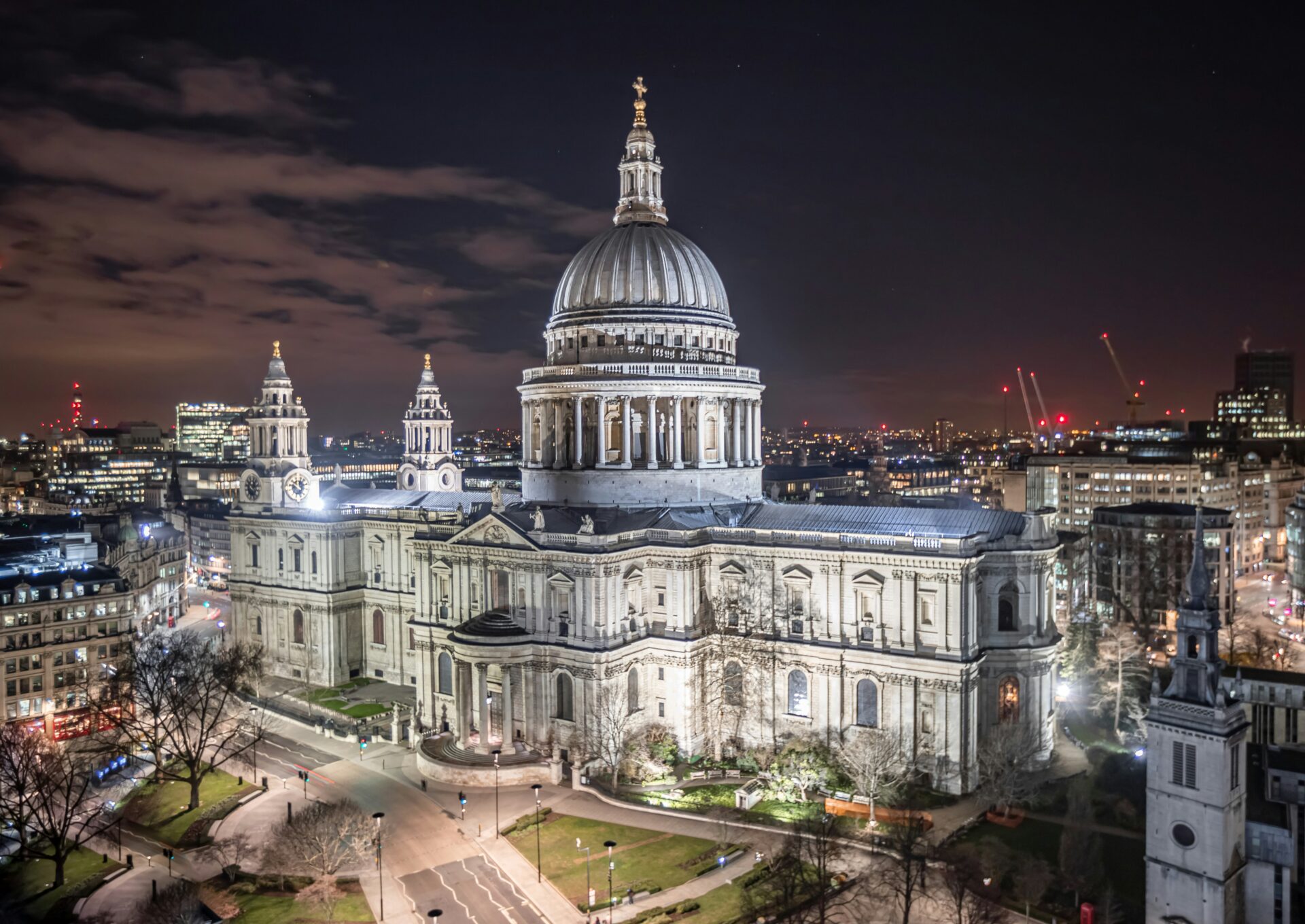
What Is Evensong? The Traditions and Magic Behind the Service
Evensong is more than a church service—it’s a blend of history, music, and deep reflection.
Surrounded by choral harmonies, scriptural readings, and ancient chants, I found that every detail helps create a memorable experience of calm and remembrance.
Origins of Choral Evensong
Choral Evensong began in England during the 16th century.
The Church of England shaped it into a distinct service filled with music and scripture, inspired by older Christian evening prayers.
The Book of Common Prayer set much of its format, mixing readings, psalms, and prayers into a steady tradition.
As I sat in the quire at St. Paul’s, I felt the centuries-long history echo through each note.
The service welcomes everyone—regular worshippers and travelers like me.
The structure stays steady, but stepping into something timeless adds its own kind of magic.
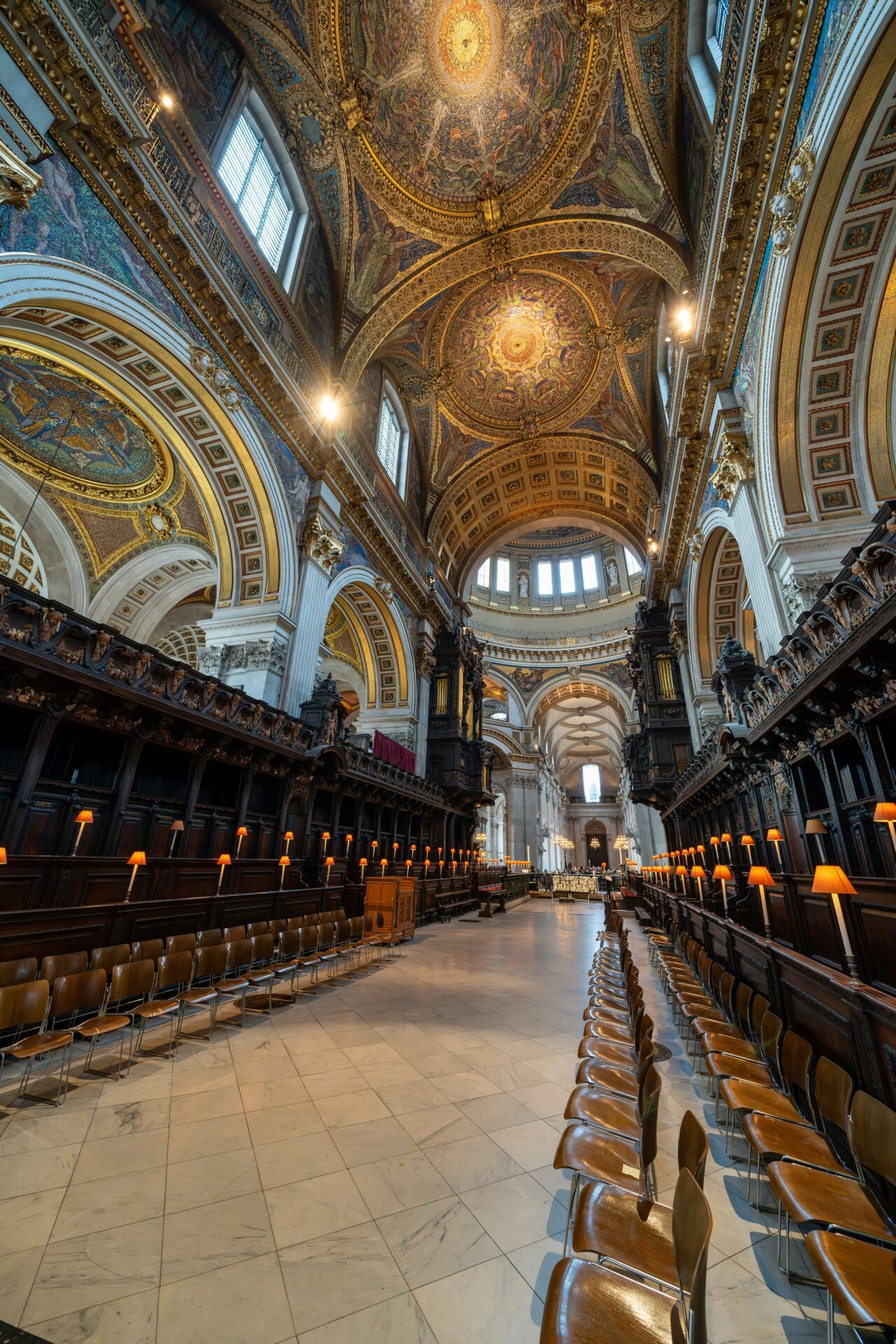
Role of the Choir and Choral Music
The choir drives the heart of Evensong.
Their voices fill St. Paul’s with harmonies that float beneath the massive dome.
Most prayers and psalms are sung, not just spoken, giving the whole evening its unique beauty.
Listening, I realized the choir rehearses and selects music with so much care for each service.
Their precision made the prayers feel alive.
The choir’s presence pulled my attention away from daily worries and into something sacred.
For anyone attending, the music alone is worth the visit.

Significance of Hymn Texts and Chant
Hymn texts and chants set the mood and meaning of Evensong.
The words come from the Bible, like the Magnificat and Nunc Dimittis, and are set to music that lingers.
These pieces carry tradition and remembrance, connecting worshippers across generations.
As the choir chanted old hymns, I noticed how each phrase shaped the service’s peaceful tone.
Chant brings a meditative rhythm.
I didn’t sing along, but I read the texts and let the words stay with me, deepening my sense of wonder and reflection.

The Majesty of St. Paul’s Cathedral: A Setting Like No Other
Few places in London make you feel the weight of history and beauty like St. Paul’s Cathedral.
Every detail, from soaring arches to colorful blooms, pulls you deeper into its unique atmosphere.
Iconic Architecture and Monuments
Walking up to St. Paul’s Cathedral, I couldn’t help but stare at the enormous dome towering above the city.
Sir Christopher Wren designed the cathedral in the 17th century, giving it classical columns, intricate carvings, and that unmistakable dome.
Inside, grand arches and marble pillars lead you into the nave.
Each step echoes with centuries of history.
Along the way, I passed monuments honoring famous figures—John Donne, Admiral Lord Nelson, and others.
These sculptures and memorial tablets line the walls and corners, quietly telling the cathedral’s story in British history.
Seeing these monuments up close reminded me St. Paul’s is more than a church.
It stands as a monument to resilience, having survived the Blitz and many restorations.
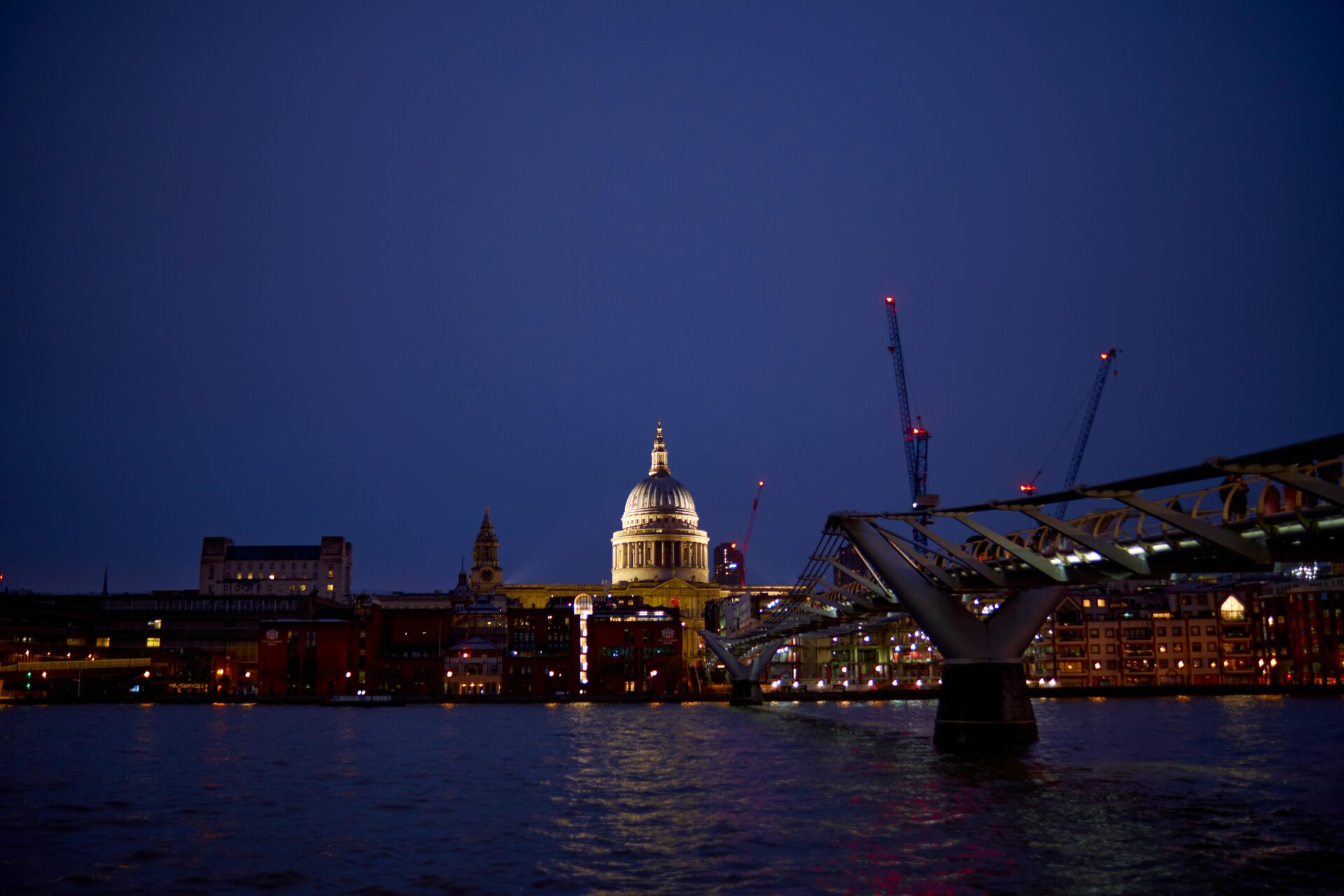
Atmosphere Inside the Nave and Lady Chapel
As I entered the vast nave, the size and height of the space took my breath away.
The sound inside is special—voices, footsteps, and the choir all linger in the air longer than anywhere else I’ve been.
During Evensong, I made my way to the choir stalls near the high altar.
This area, close to the quire, filled with music as the choir sang.
The echoes bounced softly off the stone, creating a peaceful, reflective mood.
Stepping into the Lady Chapel at the far east end, I found a quieter side of the cathedral.
The chapel felt more intimate, with soaring ceilings and gentle light filtering in.
It’s a perfect spot for a few moments of silent reflection before or after the service.
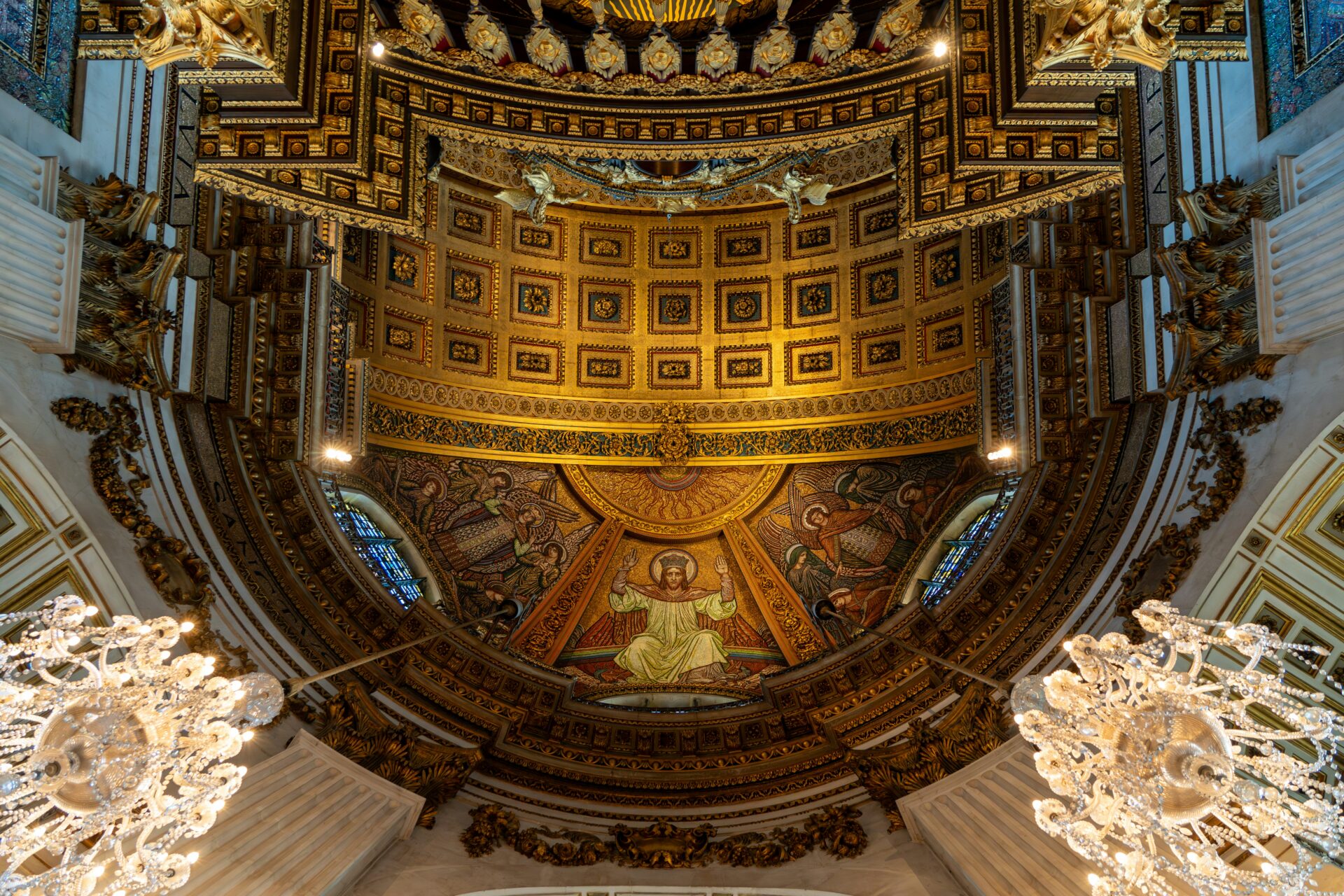
Stained Glass, Flowers, and Seasonal Beauty
Natural light pours through the stained glass windows, casting colorful patterns across the floor.
Some of the glass dates back centuries, showing biblical scenes in vibrant blues, reds, and golds.
I paused to trace the figures with my eyes, always noticing new details when the light shifted.
During my visit, fresh flower arrangements added bursts of color along the altars and side chapels.
The cathedral’s team changes these blooms throughout the year, so the space always feels alive and in tune with the seasons.
Whether it’s spring daffodils, summer roses, or festive winter greens, the displays match the rhythm of the year.
Tip: Try to visit when daylight streams in—seeing the glass lit up in golden afternoon sun is something you won’t forget, and your photos will thank you.
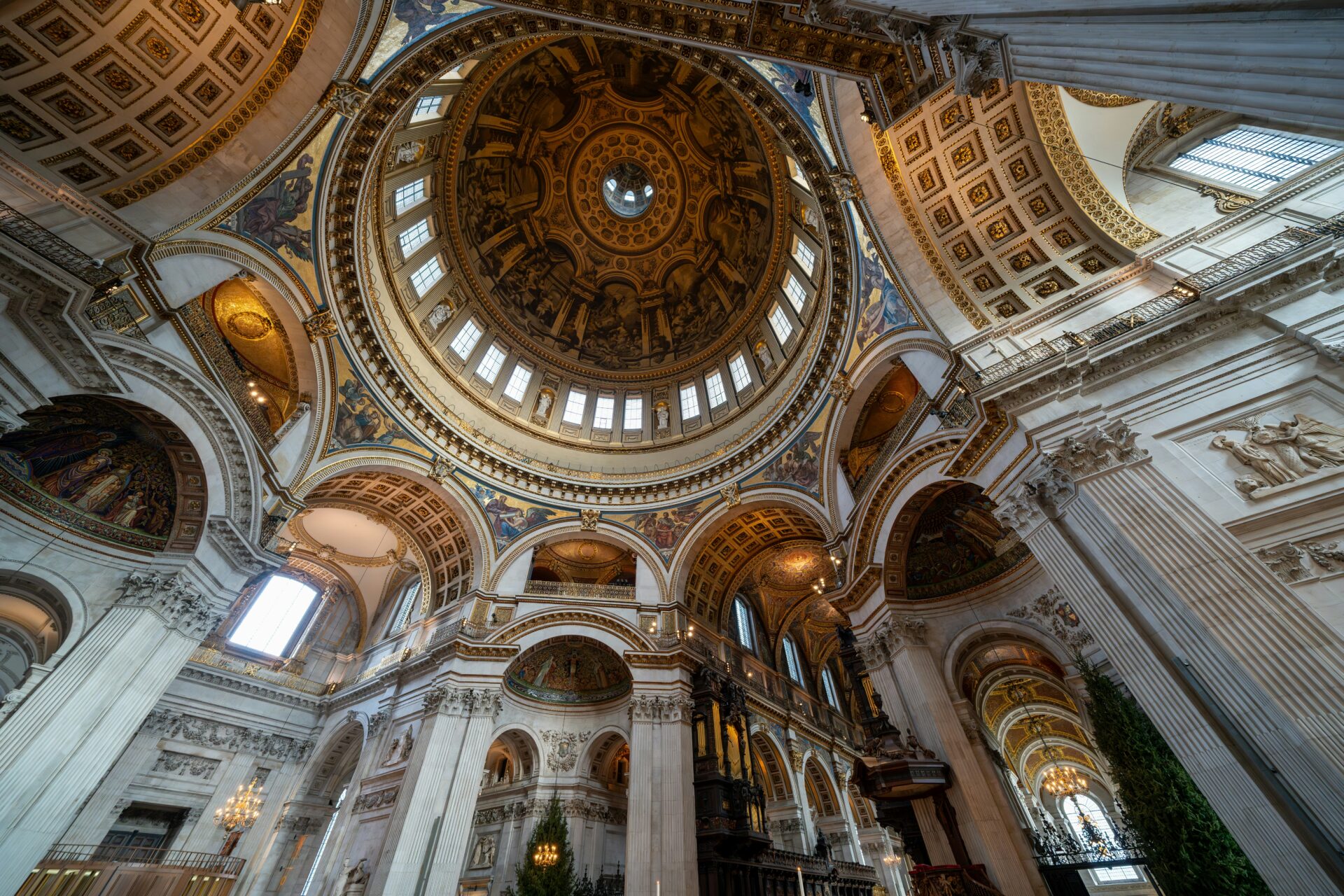
Soul-Stirring Moments: Experiencing Music and Majesty Firsthand
The sounds of the organ and choir in St. Paul’s Cathedral filled me with awe.
Poetry, sacred music, and the quiet energy of London’s marketplace seemed woven together, connecting tradition with personal devotion in a way that’s hard to describe.
Moving Organ Works and Choral Highlights
At the heart of Evensong is the cathedral’s grand organ.
The music rolled through the tall arches, sometimes gentle and soft, sometimes bold and powerful.
Each note seemed to stir the stone walls and the air in my chest.
The choir adds so much to the experience.
Their voices blend in harmonies that feel both ancient and alive.
On the night I visited, they sang a setting of the Magnificat and Nunc Dimittis.
The sound was pure, and I found myself almost holding my breath.
Even as someone without a background in classical music, I felt deeply moved—proof that anyone can find meaning here.
Here’s what stood out most:
- Precision and blend: The choir sounded flawless and balanced.
- Professional musicians: Both the men and the young choristers sang with such care that the music felt effortless.
- Organ repertoire: Each organ piece fit the mood of the service, sometimes ending with a powerful voluntary that left many of us sitting quietly in reflection.
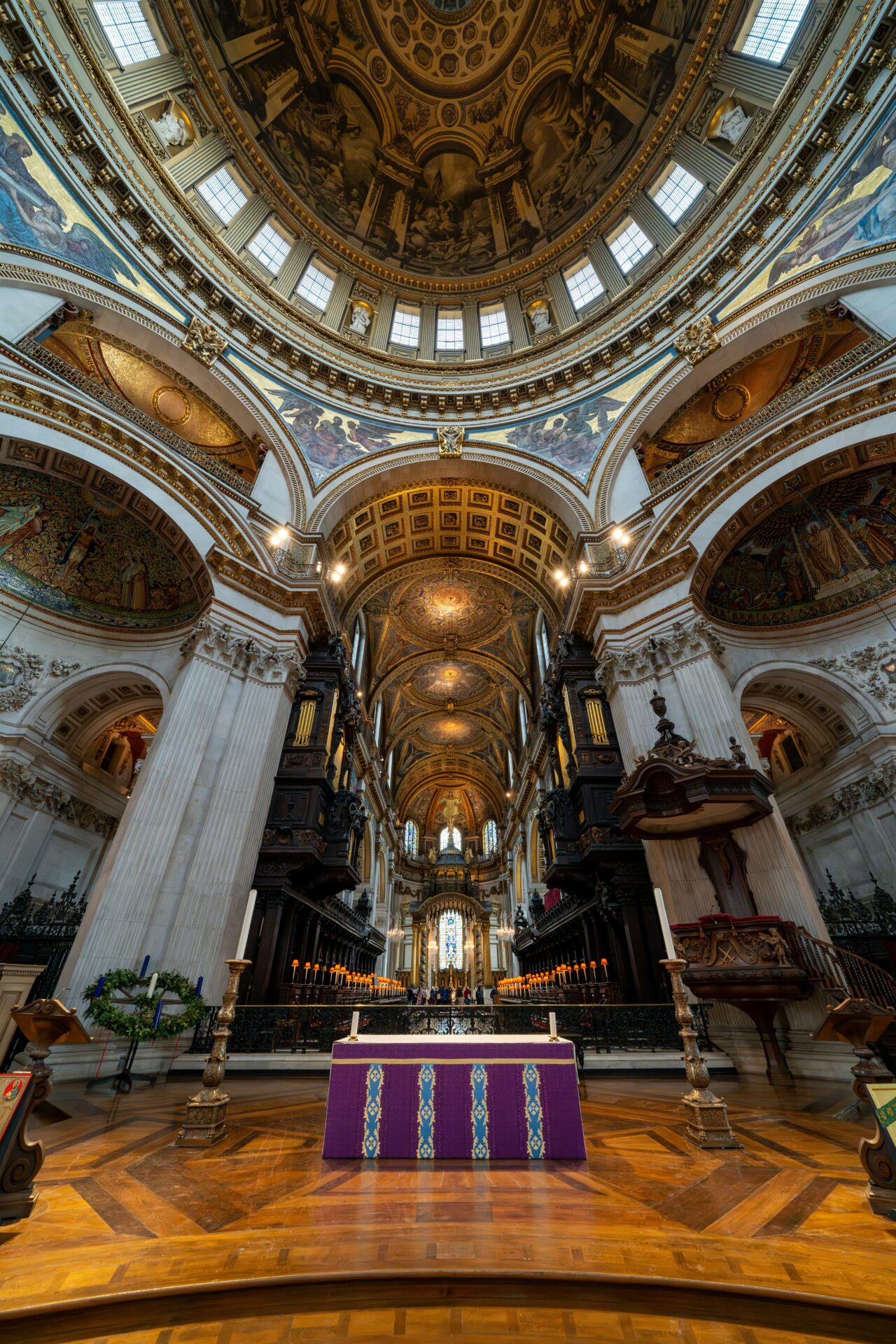
Immersed in Poetry, Dreams, and Devotion
Evensong isn’t only about music—it’s filled with the words of old prayers and readings.
The poetry of the Psalms and canticles spoke directly to me, even through their simple melodies.
I was surprised by how the language, though old, touched a part of me I rarely think about.
As I listened, I thought about people from centuries ago hearing the same words in this spot.
There’s a quiet devotion that fills the room when the choir and congregation respond together.
For a moment, dreams and real life come together—here, it feels easier to hope and reflect.
The service also gives space for silence.
Sometimes after a choral piece, the hush is almost as moving as the music itself.
It’s a space for private thought, no matter your beliefs, and I found myself more at peace than I expected.
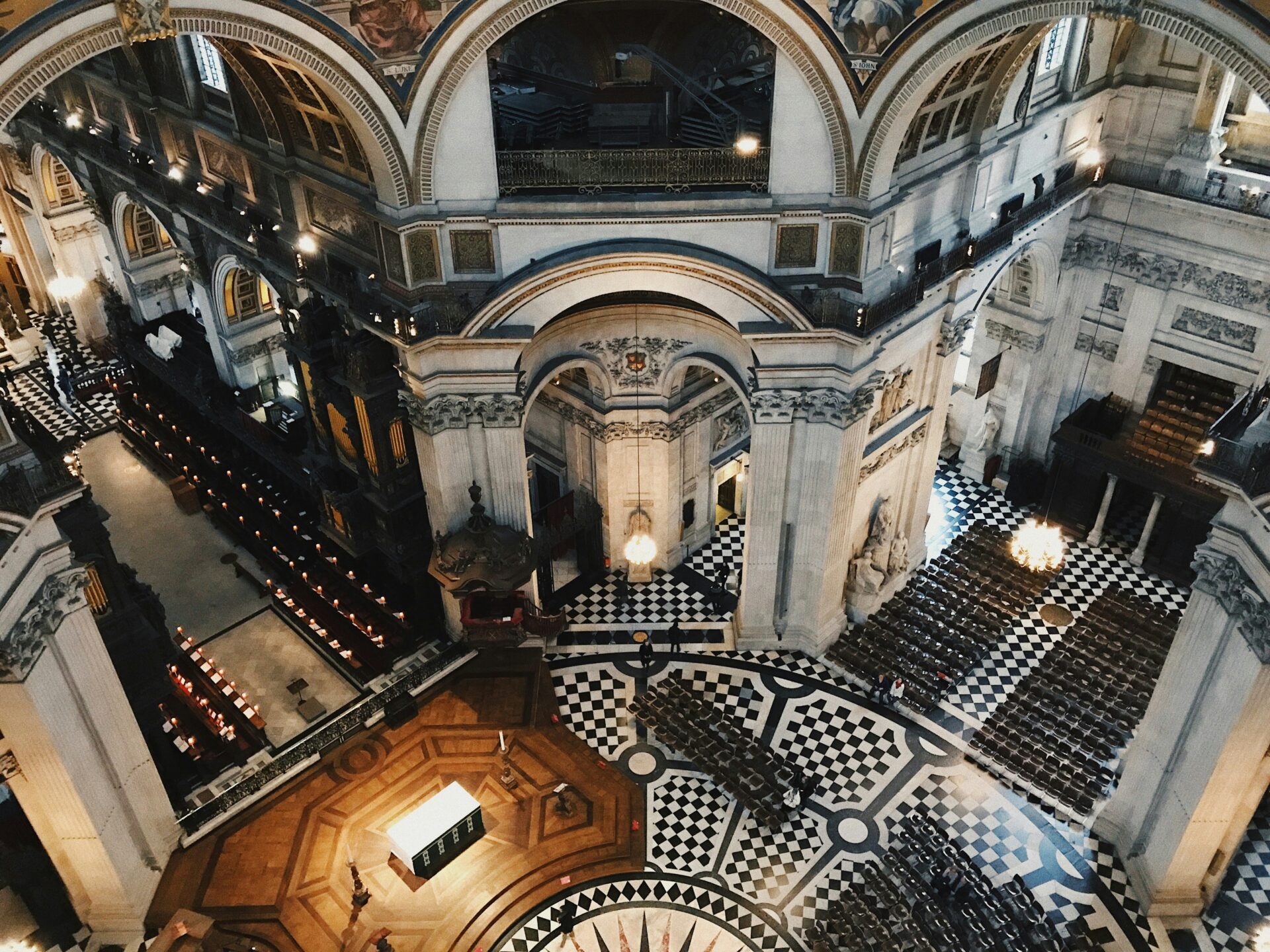
Personal Memories in the Market-Place of Life
After the service, the energy of London’s streets just outside the doors felt sharper and brighter.
The cathedral sits just steps from busy shops and bustling crowds.
Walking out after Evensong, I noticed how the sense of calm and wonder stayed with me, even as I slipped back into city life.
Sometimes I remember a hymn as I stroll by the market stalls, or I catch myself humming an organ melody while buying a snack.
Attending Evensong created a memory that lingers—a peaceful moment I can return to, even amid the noise and rush of daily routines.
Tip: The service is free, making it a welcoming stop for anyone, whether you’re a tourist or a local.
All you need is a bit of time and curiosity.

Notable Composers and Musical Repertoire Performed
Hearing the music at Evensong inside St. Paul’s Cathedral was one of the most moving parts of my visit.
Every note felt steeped in tradition, yet fresh and vibrant, with famous composers’ works giving every service its own distinct flavor.
Mendelssohn, Vaughan Williams, and Brahms
The evening I attended, the choir performed a piece by Felix Mendelssohn.
His sacred music has a gentle strength that fills the cathedral beautifully.
Mendelssohn’s “Hear My Prayer” was a highlight, drawing me in with its pure, clear lines and emotional depth.
Ralph Vaughan Williams is another composer you’ll often hear at St. Paul’s.
His settings of the “Magnificat” and “Nunc dimittis” are favorites, with lush harmonies that seem almost tailor-made for the echo of the cathedral.
They radiate a sense of hope, which felt especially comforting as dusk settled outside.
Johannes Brahms’ choral works sometimes appear in the repertoire.
During my visit, I caught the choir singing his “How Lovely Is Thy Dwelling Place.”
Brahms’ approach is warm and direct, and the choir brought every phrase to life.
Quick Fact:
Many Evensong programs include works by Holst and Walton, too.
Gustav Holst’s connection with English choral traditions keeps his music a regular feature, and William Walton’s expressive style fits the acoustics well.
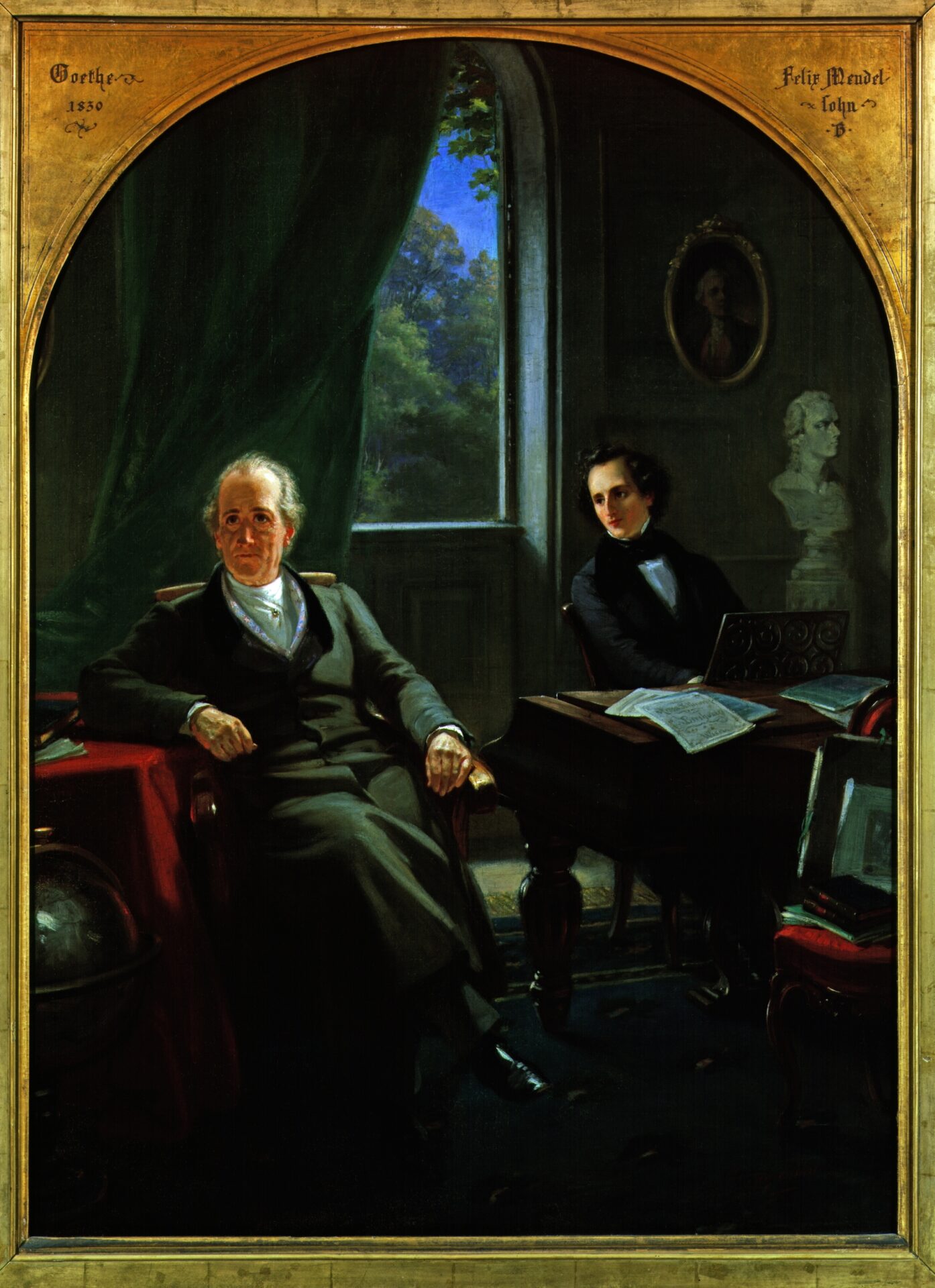
Organ Masters: Duruflé, Louis Vierne, Messiaen
The organ at St. Paul’s is a star in its own right.
I remember the opening notes of Maurice Duruflé’s “Toccata”—a dazzling, energetic prelude that set the mood for the evening.
Louis Vierne’s “Berceuse” added a tender interlude, calming and gentle after the grandeur of the processional.
Vierne’s French Romantic style makes the organ sound dreamy and rhapsodic, echoing softly through the dome.
Olivier Messiaen’s music sometimes appears in special organ recitals.
His modern, mystical tones can surprise first-time listeners.
During a previous visit, I heard Messiaen’s “Apparition de l’Église éternelle.”
It’s nothing like a traditional hymn: mysterious, vibrant, and unforgettable in the darkening sanctuary.
Tip:
If you’re an organ enthusiast, check the cathedral’s schedule for organ recitals.
You might hear more from Vierne, Duruflé, or even a wild “Toccata” from Widor.

Choral Favorites and Liturgical Movements
Evensong really shines when ancient liturgy meets beloved choral movements. Most services feature the “Magnificat” and “Nunc dimittis,” and composers range from Renaissance to contemporary.
I always look forward to familiar psalms, especially when the choir sings them in that rich, antiphonal style you only hear in English cathedrals. At one service, the choir chose a piece from the St. Paul’s Cathedral Psalter, and the harmonies just soared.
Sometimes, the repertoire throws in a curveball. There are evenings when they include something from Gustav Holst’s “The Planets.” If you catch “Jupiter,” the whole cathedral seems to vibrate with awe.
Walton’s dramatic anthems pop up often too, and those moments feel especially powerful.
Example Repertoire Table:
| Composer | Piece | When I Heard It |
|---|---|---|
| Mendelssohn | Hear My Prayer | Evensong Service |
| Vaughan Williams | Magnificat, Nunc dimittis | Evening Prayer |
| Brahms | How Lovely Is Thy Dwelling Place | Choral Anthem |
| Duruflé | Toccata | Organ Voluntary |
| Vierne | Berceuse | Organ Interlude |
| Messiaen | Apparition de l’Église éternelle | Organ Recital |
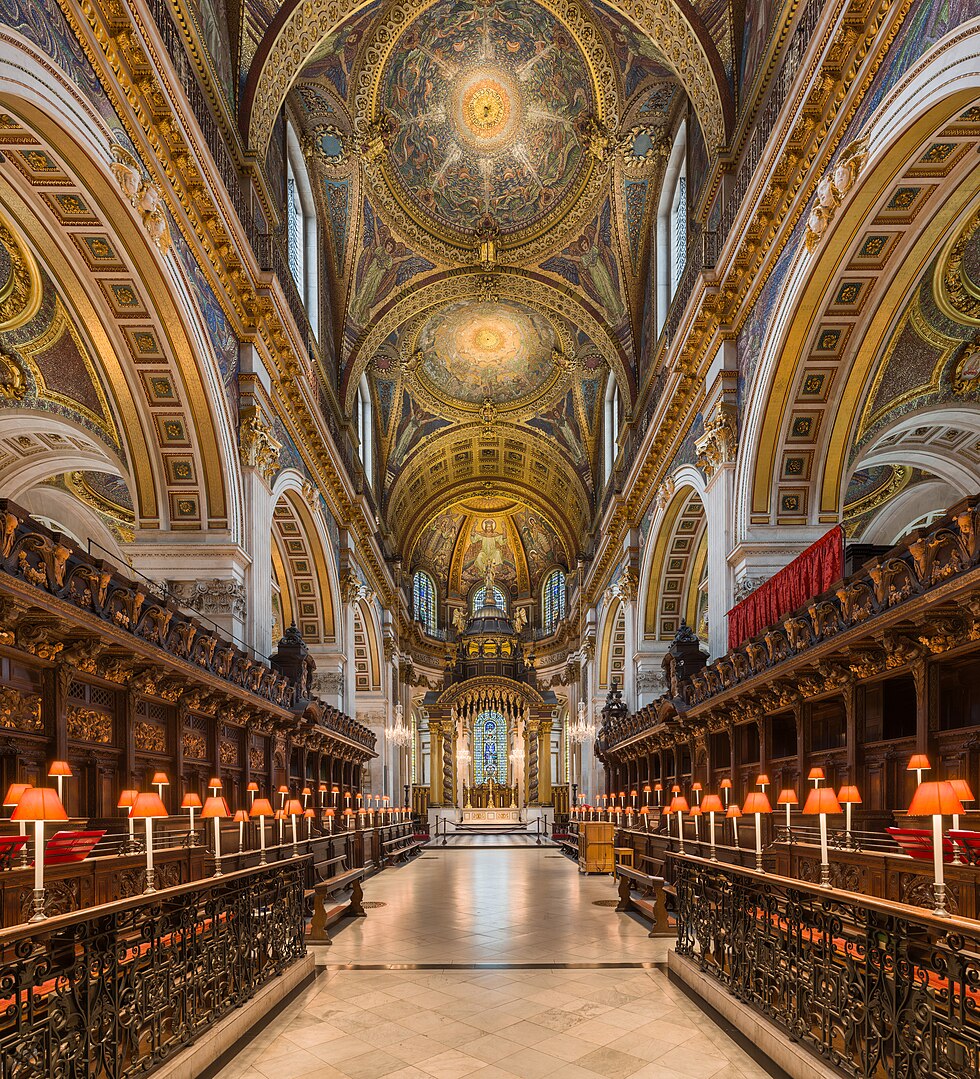
Practical Tips: How to Attend Evensong at St. Paul’s for Free
Evensong at St. Paul’s stands out as one of the best free cultural experiences in London. Knowing a few details about timing, getting there, and what to expect can really make the visit smoother and more memorable.
Service Times and Weekly Schedule
Evensong usually happens most days in the late afternoon. When I went, the main weekday service started at 5:00 pm and ran for about 45 minutes.
On Sundays, it often begins a bit earlier—typically around 3:00 pm. It’s worth double-checking the cathedral’s official website for up-to-date times, since they sometimes shift things around for holidays or special events.
No tickets are needed, and it’s completely free to attend. While guided tours and regular sightseeing cost money, Evensong opens the doors to everyone.
If you arrive early, you’ll get a better seat—especially up near the choir, where the music feels almost overwhelming in the best way.
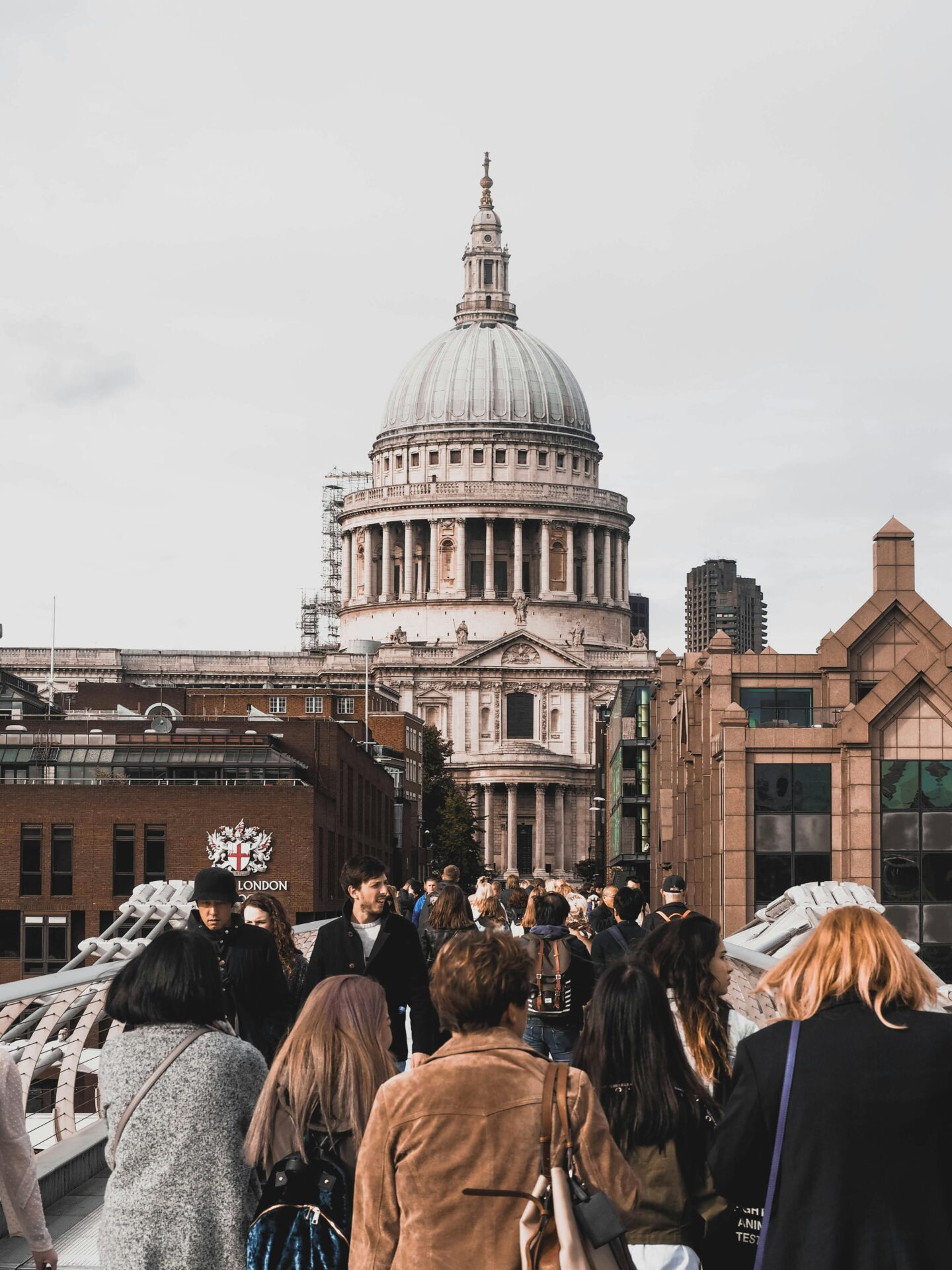
Getting There: Directions and Travel Advice
St. Paul’s Cathedral sits right in the heart of London, so getting there by public transport is a breeze. I hopped on the London Underground, got off at St. Paul’s station on the Central Line, and walked just a couple of minutes.
Plenty of bus routes stop nearby, and you’ll find bike docking stations all around the area.
Try to show up about ten or fifteen minutes early. There’s usually a short line at the entrance, but the staff keep things moving.
Stewards—sometimes called Bishops’ volunteers—greet guests and help everyone find seats. If you’re coming from outside London, you’ll see signs pointing the way from major train stations like Liverpool Street and King’s Cross.
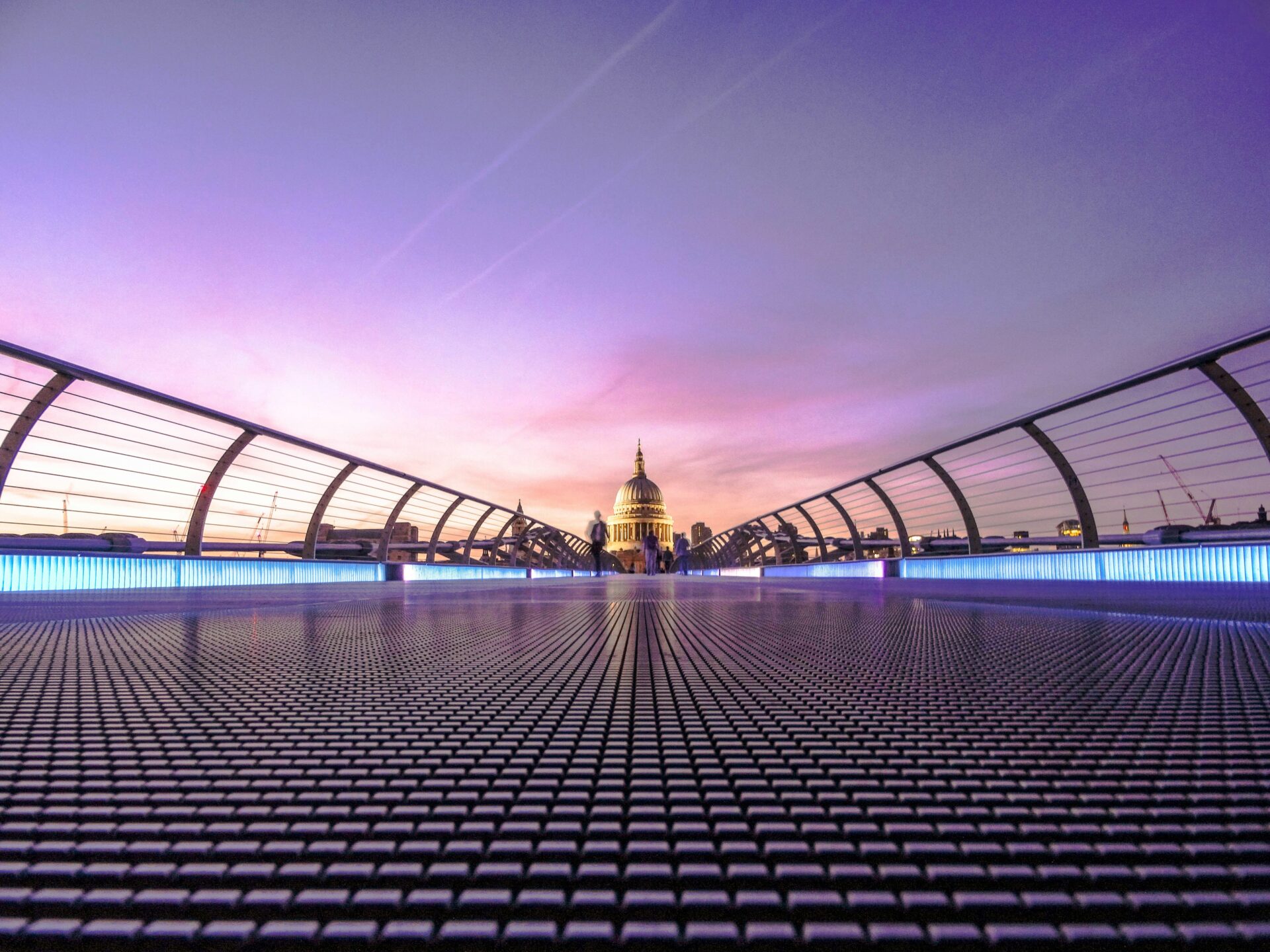
What to Expect During Your Visit
Evensong isn’t your typical cathedral tour. The service is a sung evening prayer from the Book of Common Prayer, which dates back to 1662.
As the choir’s voices fill the nave, I felt this sense of peace and a connection to centuries of tradition—not just faith.
They don’t allow photography or wandering during Evensong, so I just sat back and soaked in the atmosphere.
You don’t need any religious background, and everyone’s welcome, no matter what you believe. The stewards encouraged me to pick any seat I liked, and honestly, the whole experience felt sincerely welcoming.
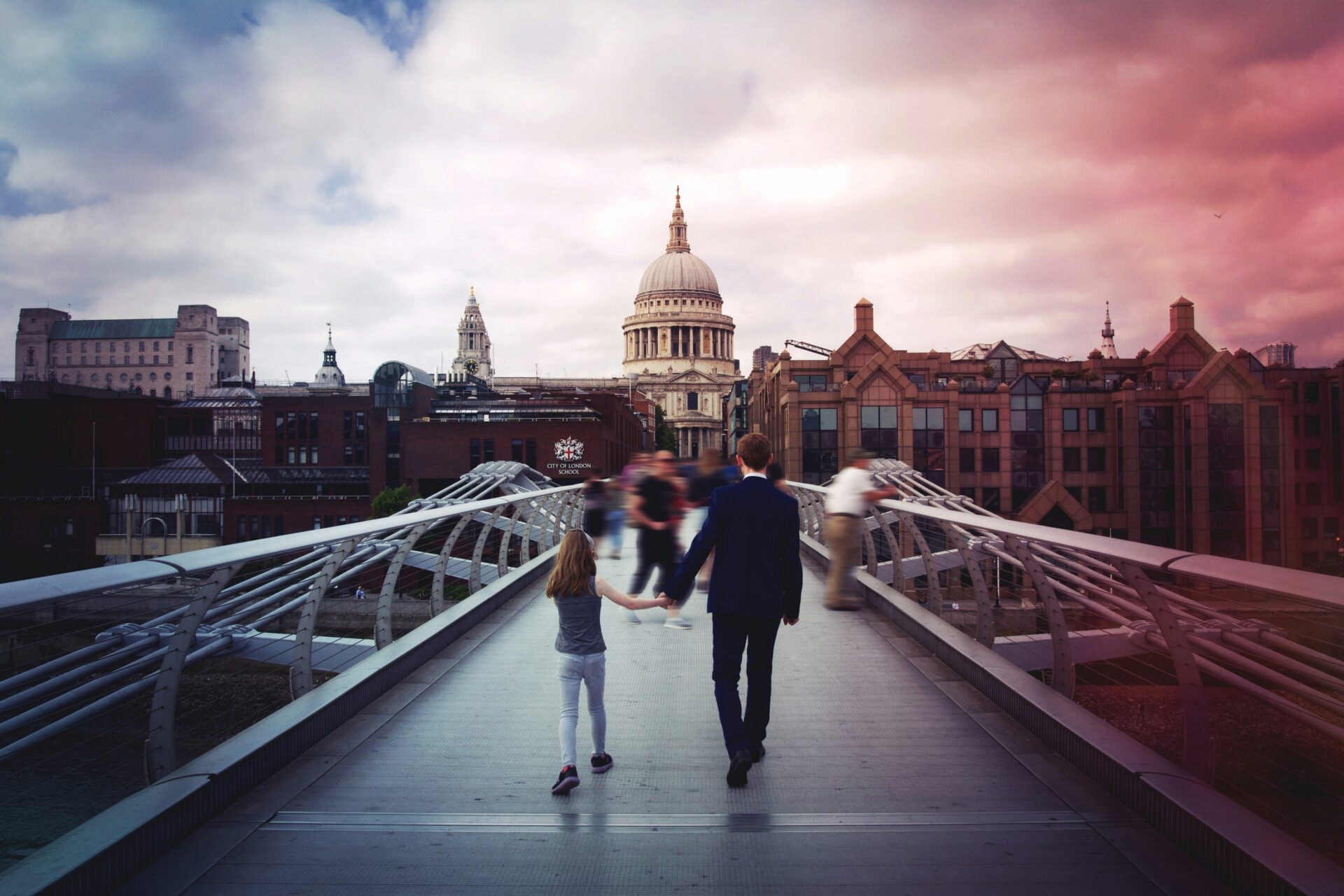
Nearby Sights and Other Cathedrals to Explore
After Evensong, I wandered through the area, soaking in the energy of the historic streets. There’s just something about this neighborhood—old buildings mixed with the buzz of city life.
The famous Millennium Bridge sits only steps away. Cross it, and you’ll find yourself heading straight to the Tate Modern.
If you keep walking, you’ll spot the Old Bailey and stumble into Postman’s Park. Both are worth a look, even if you’re just passing by.
If you’re into beautiful churches, you might want to check out Bristol Cathedral. The parish churches nearby also have their own unique charm.
Each one brings a different flavor of choral music and English religious architecture. Sometimes, you can join both morning and evening services, but it’s smart to check local schedules first—special sales or private events sometimes close things off.
Honestly, visiting a few cathedrals helped me get a deeper feel for England’s spiritual and musical traditions.

